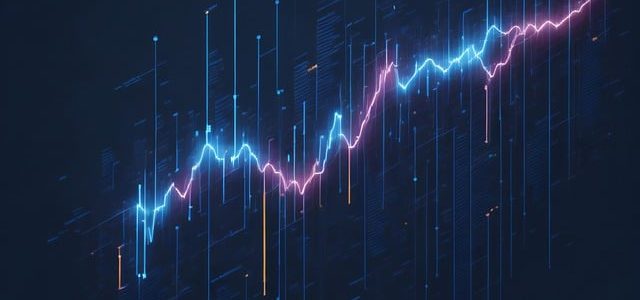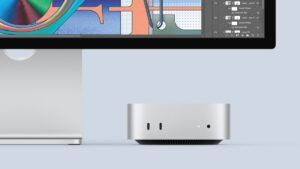Data visualization tools turn insights and data into something understandable, especially for non-data stakeholders who may not share the same skillsets as the team who’s behind the data. But the process of converting data into visual representations, such as charts, graphs, and maps isn’t all that easy and often could be considered an art within itself.
Because of this, these tools are quite powerful when they can clearly communicate complex information simply and concisely. So let’s take a look at seven trending data visualization tools that have gotten quite a bit of attention on GitHub this year.
D3.js is a free and open-source JavaScript library for data visualization. It is one of the most popular data visualization libraries currently available, and it is used by a wide range of organizations, from small startups to large corporations.
It’s highly flexible and customizable, which makes it a good choice for a variety of data visualization projects. It also has a large community of users and developers, which means that there is plenty of support available if you need help.
Grafana is a free and open-source web-based analytics and monitoring platform. It is used to visualize data from a variety of sources, including Prometheus, Graphite, InfluxDB, and Elasticsearch. Grafana can also create complex dashboards that track a wide range of metrics. It is also easy to use, even for beginners.
In-person conference | May 13th-15th, 2025 | Boston, MA
Join us on May 13th-15th, 2025, for 3 days of immersive learning and networking with AI experts.
🔹 World-class AI experts
🔹 Cutting-edge workshops
🔹 Hands-on Training
🔹 Strategic Insights
🔹 Thought Leadership
🔹 And much more!
Apache ECharts is a free and open-source JavaScript charting library. It is used to create interactive charts and graphs that can be embedded in web pages. The tool is easy to use and has a wide range of features, including support for line charts, bar charts, area charts, pie charts, and more. It also has a built-in data editor that makes it easy to create and edit charts.
Superset is a modern, web-based data exploration and visualization platform. It is built on top of Apache Superset and provides a user-friendly interface for exploring and visualizing data.
Superset supports a variety of data sources, including SQL databases, NoSQL databases, and cloud storage services. It also has a wide range of visualization options, including charts, graphs, maps, and tables.
Bokeh is a Python library for interactive data visualization. It is designed to be easy to use and to produce high-quality visualizations. It is able to support a variety of data sources, including pandas DataFrames, SQL databases, and NumPy arrays. It also has a wide range of visualization options, including line charts, bar charts, area charts, scatter plots, and more.
If you’re looking for a library to help you deal with 3D data, then Open3D an open-source library is something that you might want to look into. In the front end, you are able to use either C++ or Python to access a bunch of carefully selected data structures and algorithms. As for the back end, it is highly optimized and can be parallelized. This makes it really fast library that focuses on 3D data.
Seaborn is a Python data visualization library built on top of Matplotlib. It provides a high-level interface for creating attractive statistical graphics. The library makes it easy to create complex visualizations with a simple syntax. It also provides a number of pre-built templates that can be used to create common types of visualizations. All of this makes Seaborn a popular choice for data visualization in Python because it is easy to use, provides a wide range of features, and produces high-quality graphics.
Conclusion
The world of data visualization is ever-growing and there are new tools constantly entering the ecosystem. So that’s why it’s critical to keep up with the latest open-source tools as the right tool for you will depend on your specific needs and requirements – which can change as often as
The best way to stay up-to-date with the latest data visualization tools is by learning directly from the experts making and using them. At ODSC West this October 30th to November 2nd, you can check out these sessions related to data visualization and data analytics:
- Capturing CAP in a Kappa Data Architecture
- What is a Time-series Database and Why do I Need One?
- Building a Data-Driven Workforce
- Real World Application of Data Fabric to Address Access to Distributed and Fragmented Enterprise Data Across Data Silos.
- Visualization in Bayesian Workflow Using Python or R
- Anomaly Detection for CRM Production Data
- Unleashing the Power of Data: ByteDance’s Open Source Data Warehouse, ByConity






